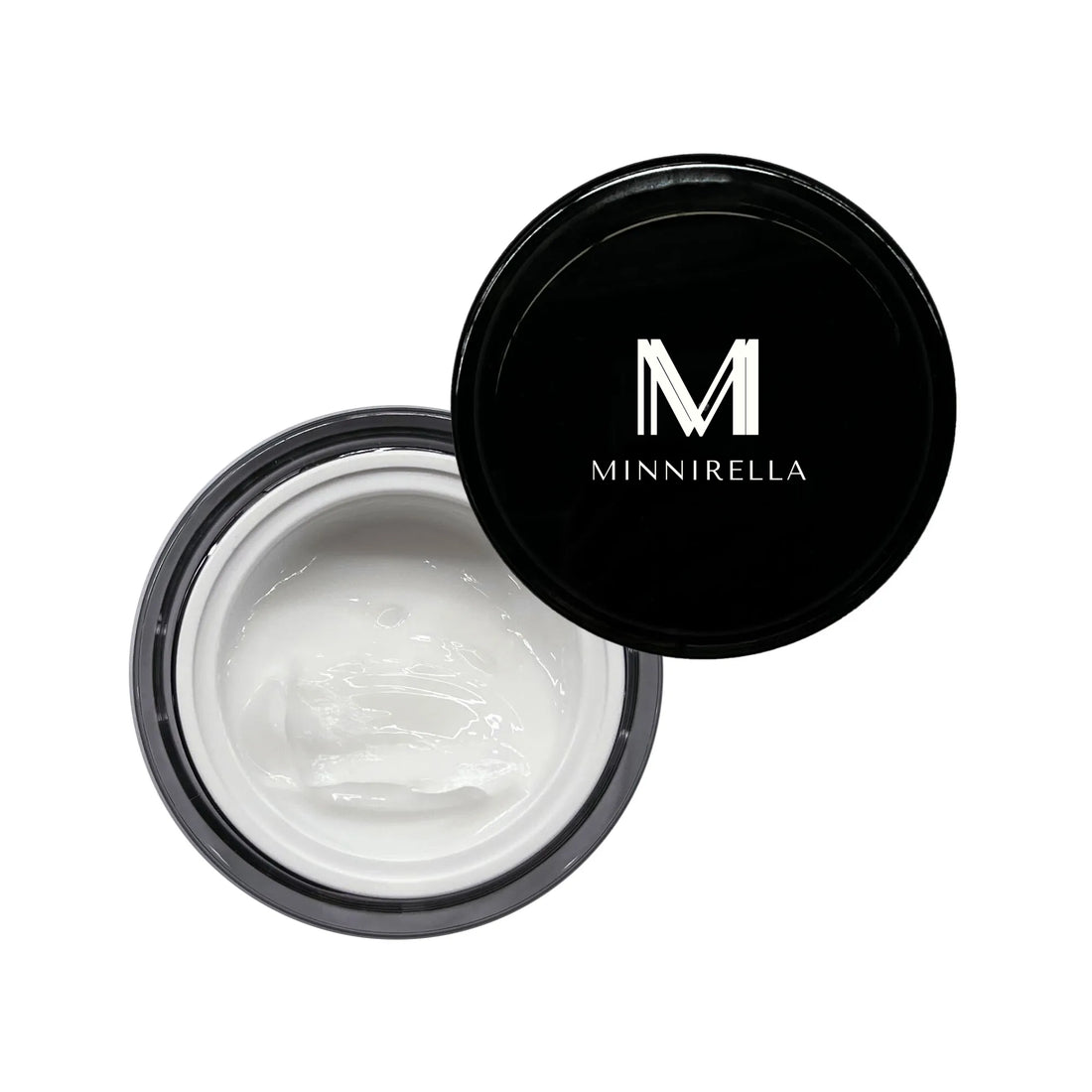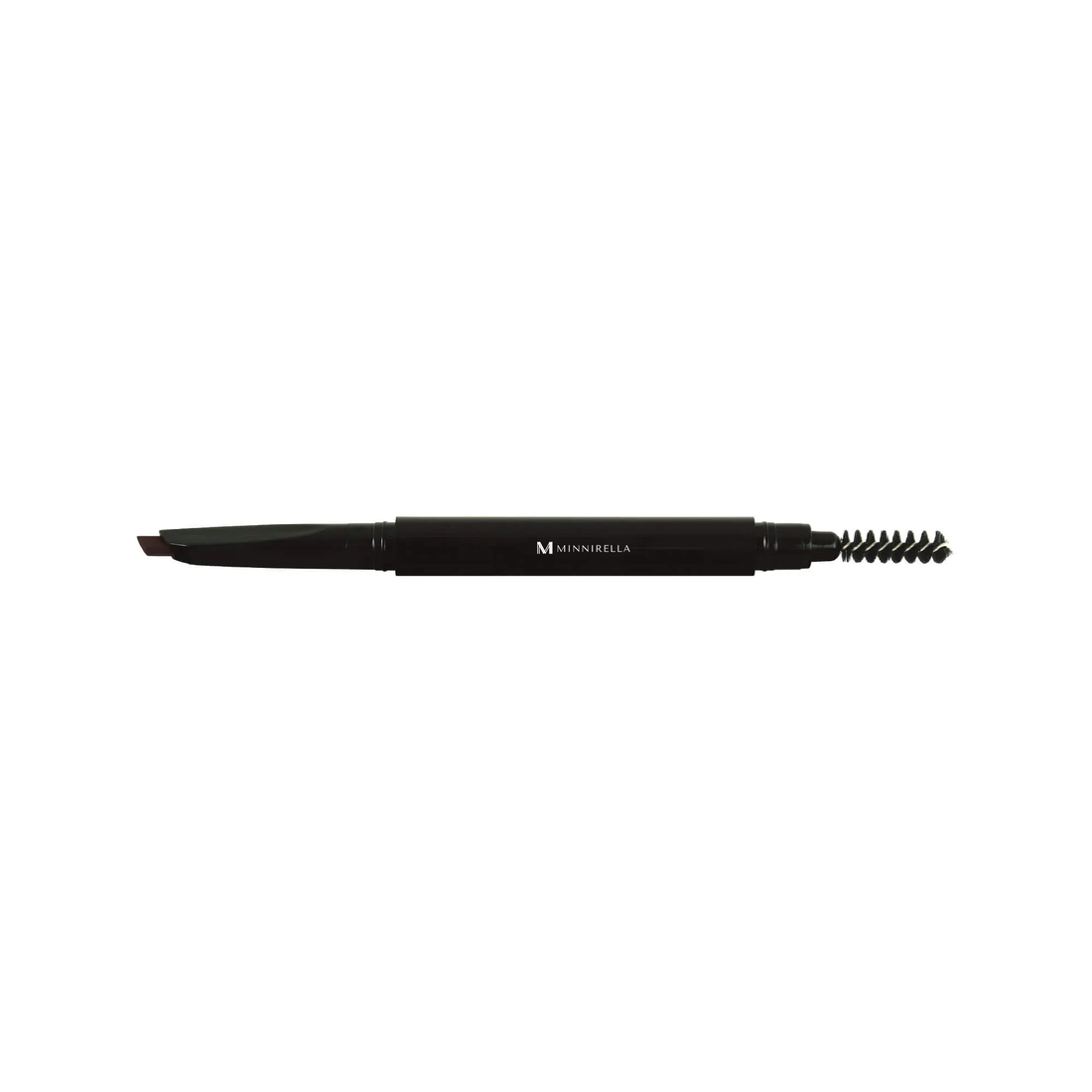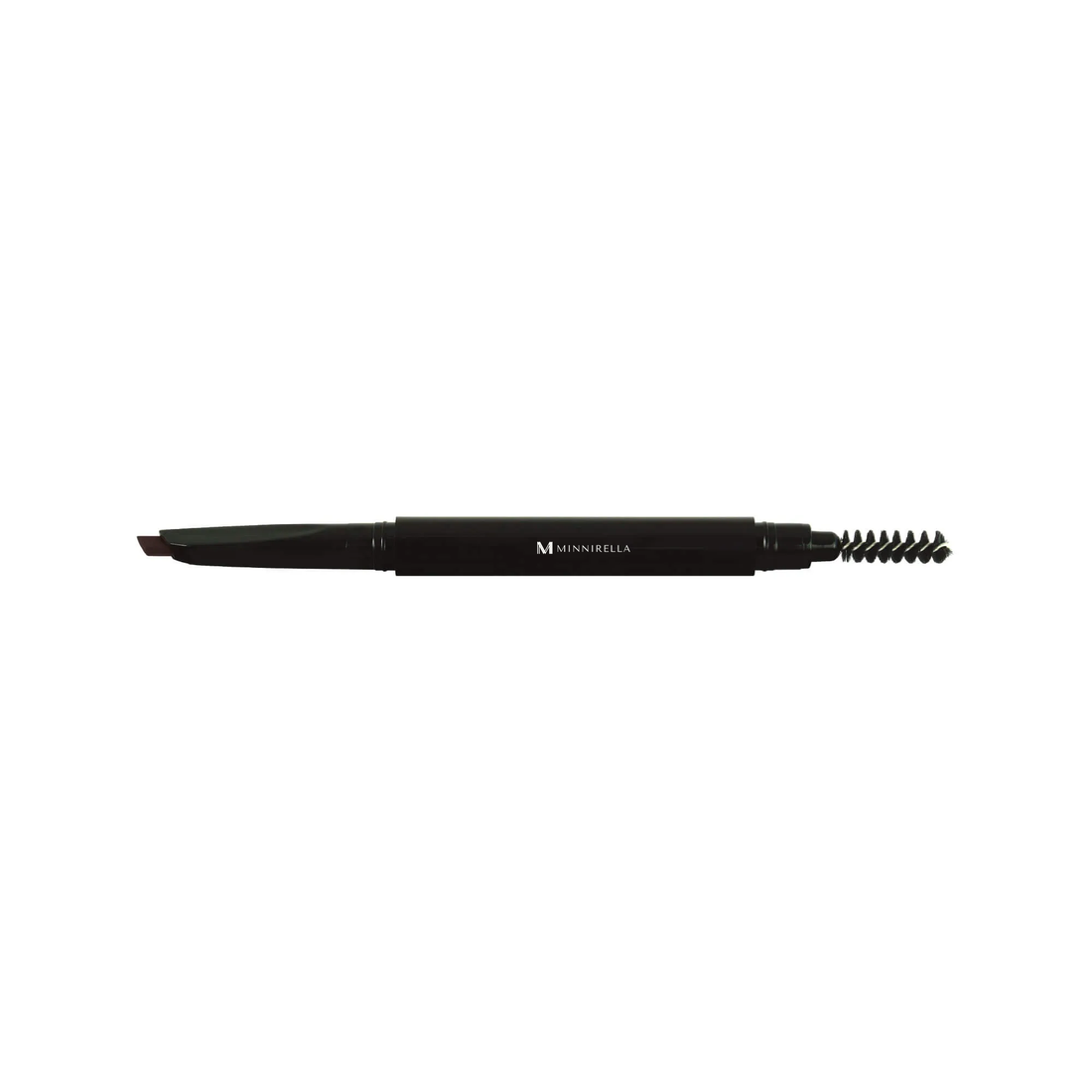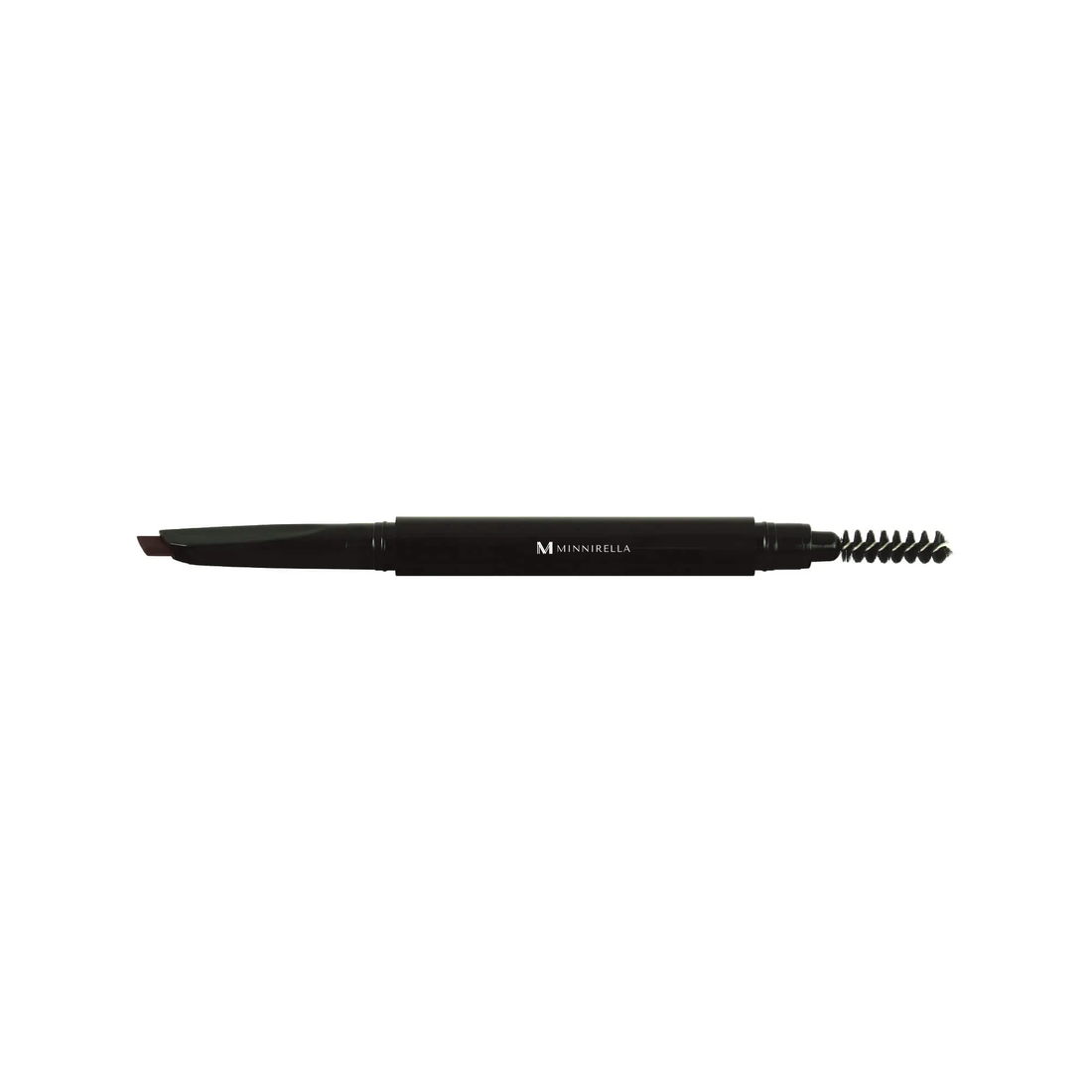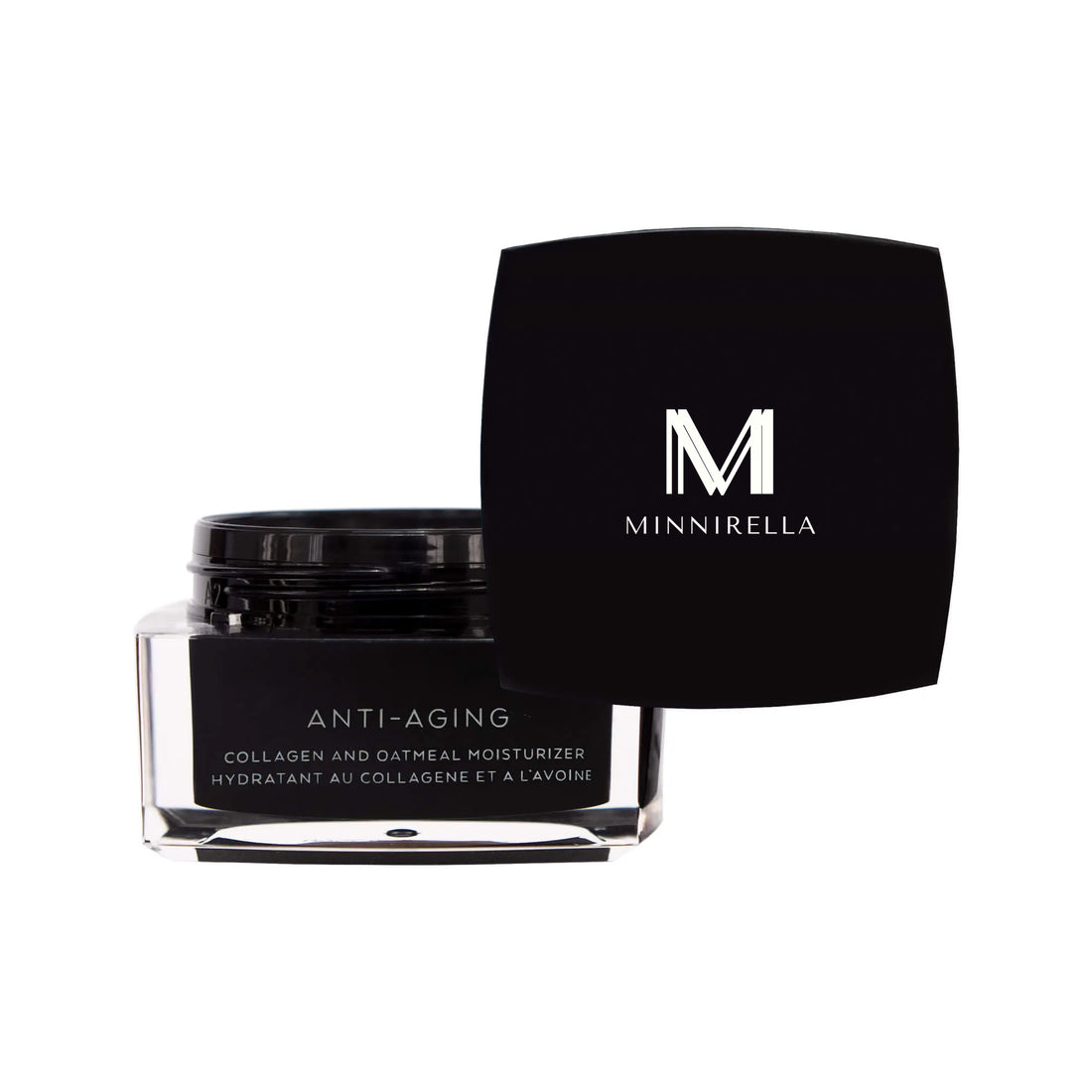
MINNIRELLA MAGAZINE
23 Facts I Learned from Trying Out Sustainable Hemp Underwear by WAMA
23 Facts I Learned from Trying Out Sustainable Hemp Underwear by WAMA
Are you looking for ways to make your underwear drawer more sustainable? Why not try switching to hemp underwear instead? This week I got the opportunity to try out some hemp underwear from WAMA and I’m really impressed! Read on to find out more about hemp as a fabric and how it compares to other sustainable materials.

Hemp has many benefits, which is why it’s used in so many organic hair and beauty products. In fact, it wasn’t until last week that I realised how many of my natural skin care collection contained hemp as an ingredient. I’ve long been fascinated by the versatility of hemp, which is why I was eager to test WAMA’s hemp underwear and learn more about hemp as a fabric. All things cannabis are interesting to me, from Hemp to THC. This makes it more enjoyable for me when it comes to choosing Hemp over cotton.
There is a lot of confusion surrounding hemp’s links with marijuana. When I first started hearing about the use of hemp in cosmetics and clothing, I wasn’t sure if I wanted to be a part of it. If I thought that buying into hemp fashion or cosmetics was in anyway promoting drugs then obviously I would have stayed well away. Once I’d learned more about the true origins of hemp and why CBD oil has all of a sudden become so popular, I realised that there was nothing to worry about. Although the hemp and marijuana plant are part of the same family, their uses are entirely different. Marijuana is mainly grown for its psychotropic bud for recreational use, whereas hemp is used for its fibre, leaves and edible seeds.

It might come as a bit of a surprise to learn that cotton isn’t that good for the environment. While cotton is definitely better than synthetic materials, there are much more sustainable alternatives available. If you’ve always believed that buying 100% cotton is best then don’t worry, you’re not wrong. When shopping on the high street or in chain stores, choosing 100% natural cotton is the best, most eco-friendly option. However, cotton needs far more water and labour for it to grow compared to hemp. Cotton requires 19, 986 litres of water in order to produce 997 grams of cotton, which is enough to make just one t-shirt or a pair of jeans. Whereas hemp on the other hand, uses only 302 litres of water, which mainly comes from rain water, to produce the equivalent amount of fibre. There are many other advantages for choosing hemp over cotton, including:

When I first began my eco-conscious journey, I soon stumbled across a fabric called Tencel, which is highly regarded as one of the most sustainable textiles on the market. However, if there’s one thing I’ve learned, it’s that the concept of ‘green washing’ is rife within this sector. Green washing is a term commonly used when describing a brand or product that has been made to look more eco-friendly than it actually is. At first glance, a new product or brand might seem like flawlessly sustainable until cracks start to show. Don’t get me wrong, Tencel isn’t the worst example of green washing but initially, it was deemed far more eco-friendly that it has turned out be. Hemp on the other hand, is a material that has been around for thousands of years and is a well researched fibre.
Hemp and viscose hemp may sounds similar but they are actually very different. Natural, authentic hemp is a sustainable material that is good for the environment. Viscose hemp is a different material entirely. Hemp viscose is not a natural or sustainable textile. It is a regenerated fabric with none of the same benefits as authentic hemp. Viscose is also commonly known as rayon and is the third most commonly used fabric in the world. While it starts of as a natural hemp plant, it endures an intense chemical process that removes any of the goodness that hemp naturally possesses.

Hemp has many benefits, which is why it’s used in so many organic hair and beauty products. In fact, it wasn’t until last week that I realised how many of my natural skin care collection contained hemp as an ingredient. I’ve long been fascinated by the versatility of hemp, which is why I was eager to test WAMA’s hemp underwear and learn more about hemp as a fabric. All things cannabis are interesting to me, from Hemp to THC. This makes it more enjoyable for me when it comes to choosing Hemp over cotton.
Is Hemp the Same as Marijuana?
There is a lot of confusion surrounding hemp’s links with marijuana. When I first started hearing about the use of hemp in cosmetics and clothing, I wasn’t sure if I wanted to be a part of it. If I thought that buying into hemp fashion or cosmetics was in anyway promoting drugs then obviously I would have stayed well away. Once I’d learned more about the true origins of hemp and why CBD oil has all of a sudden become so popular, I realised that there was nothing to worry about. Although the hemp and marijuana plant are part of the same family, their uses are entirely different. Marijuana is mainly grown for its psychotropic bud for recreational use, whereas hemp is used for its fibre, leaves and edible seeds.

Hemp versus Cotton
It might come as a bit of a surprise to learn that cotton isn’t that good for the environment. While cotton is definitely better than synthetic materials, there are much more sustainable alternatives available. If you’ve always believed that buying 100% cotton is best then don’t worry, you’re not wrong. When shopping on the high street or in chain stores, choosing 100% natural cotton is the best, most eco-friendly option. However, cotton needs far more water and labour for it to grow compared to hemp. Cotton requires 19, 986 litres of water in order to produce 997 grams of cotton, which is enough to make just one t-shirt or a pair of jeans. Whereas hemp on the other hand, uses only 302 litres of water, which mainly comes from rain water, to produce the equivalent amount of fibre. There are many other advantages for choosing hemp over cotton, including:
- Hemp enriches the soil it was grown in, as its leaves and hurds can be ploughed back into the soil and used as a fertiliser. Cotton can actually be damaging to the soil.
- Cotton plants are the highest consumer of pesticides, which over time damages the quality of the soil and the cotton produced. Hemp doesn’t require the use of pesticides.
- Growing hemp is far less maintenance and uses fewer resources than cotton.
- Hemp is much easier to grow than cotton.
- Hemp produces twice as much fibre per acre.
- Cotton plants require twice as much room to produce the same amount of fibres as hemp plants.
- Hemp plants are stronger and harder wearing than cotton plants. They can withstand changes in temperatures, rainfall and direct sunlight.

Hemp versus Tencel
When I first began my eco-conscious journey, I soon stumbled across a fabric called Tencel, which is highly regarded as one of the most sustainable textiles on the market. However, if there’s one thing I’ve learned, it’s that the concept of ‘green washing’ is rife within this sector. Green washing is a term commonly used when describing a brand or product that has been made to look more eco-friendly than it actually is. At first glance, a new product or brand might seem like flawlessly sustainable until cracks start to show. Don’t get me wrong, Tencel isn’t the worst example of green washing but initially, it was deemed far more eco-friendly that it has turned out be. Hemp on the other hand, is a material that has been around for thousands of years and is a well researched fibre.
- Tencel is made from eucalyptus trees, which take on average about ten years to grow. Hemp reaches its peak after just four months.
- Hemp is good for the soil and leftovers from the plant can be used a fertiliser, whereas eucalyptus degrades the quality of its environment, damaging woodland and destroying ecosystems.
- Hemp is a natural fabric, whereas Tencel is a regenerated fibre and is not a natural fabric.
- Producing hemp doesn’t require any harmful chemicals, whereas Tencel is made using amine oxide.
- Hemp isn’t trademark and is a popular sustainable fabric alternative. Although prices of products vary, hemp clothing is relatively inexpensive.
- Tencel is a trademarked material and is therefore quite expensive.
Hemp versus Viscose Hemp
Hemp and viscose hemp may sounds similar but they are actually very different. Natural, authentic hemp is a sustainable material that is good for the environment. Viscose hemp is a different material entirely. Hemp viscose is not a natural or sustainable textile. It is a regenerated fabric with none of the same benefits as authentic hemp. Viscose is also commonly known as rayon and is the third most commonly used fabric in the world. While it starts of as a natural hemp plant, it endures an intense chemical process that removes any of the goodness that hemp naturally possesses.
- Hemp is safe to work with. Manufacturing viscose hemp requires a lot of pollutants and harmful chemicals which are harmful to workers.
- Chemicals used to produce viscose hemp can cause chemical burns, skin erosions, reproductive harm, birth defects, nerve damage, Parkinson’s disease and an increased risk of heart disease and strokes in those exposed to them.
- Hemp viscose is harmful for the environment, whereas natural hemp is not.
- Hemp looks better and lasts longer as a fabric.
Why Choose Hemp Fabric?
- Hemp fabric is super comfortable, breathable and gets softer with every wash.
- It’s naturally anti-bacterial with anti-odour properties.
- It’s also an organic and eco-friendly material.
- Hemp is better for the planet compared to other fabrics and fibres.
This post contains gifted products but all opinions are my own. Read the Disclaimer for more information.





